How to Install Kitchen Cabinets Flush to the Wall
Installing new kitchen cabinets can be an exciting and rewarding project. Not only will it give your kitchen a fresh new look, but it can also add value to your home. One important aspect of installing kitchen cabinets is ensuring that they are flush to the wall. This not only ensures a professional and polished look, but also helps with the functionality and stability of the cabinets. Here’s a step-by-step guide on how to install kitchen cabinets flush to the wall.
How to Install Kitchen Cabinets Against a Wall
Before beginning the installation process, it’s important to make sure you have all the necessary tools and materials. This includes measuring tape, a drill, screws, a level, shims, and of course, the cabinets themselves. Once you have everything ready, you can begin the installation process.
Installing Kitchen Cabinets Flush to the Wall: A Step-by-Step Guide
Step 1: Measure the wall – Before installing the cabinets, you need to measure the wall to determine the placement of the cabinets. Use a measuring tape to measure the length and height of the wall, as well as the distance between any windows or doors.
Step 2: Mark the wall – Using a pencil, mark the layout of the cabinets on the wall. This will help guide you during the installation process and ensure that the cabinets are evenly spaced and aligned.
Step 3: Install the base cabinets – Start with the base cabinets, as they provide the foundation for the upper cabinets. Use a level to ensure the cabinets are straight and use shims to adjust if needed. Secure the cabinets to the wall with screws.
Step 4: Install the upper cabinets – Once the base cabinets are securely in place, you can install the upper cabinets. Use shims to ensure they are level and make sure they are properly aligned with the base cabinets.
Step 5: Adjust for a flush fit – Use a level to check that the cabinets are flush to the wall. If not, use shims to adjust as needed. This will ensure that the cabinets are stable and secure.
How to Ensure Your Kitchen Cabinet Bases are Flush to the Wall
Ensuring that your kitchen cabinet bases are flush to the wall is essential for both the aesthetic and functionality of your cabinets. Here are some tips to help you achieve a perfect flush fit:
Use a level: A level is a crucial tool when installing cabinets. Make sure to use it to check that the cabinets are straight and level before securing them to the wall.
Use shims: Shims are small pieces of wood or plastic that can be used to adjust the placement of the cabinets. They can help you achieve a flush fit and prevent any wobbling or instability.
Measure carefully: Taking accurate measurements is key to ensuring a flush fit. Double check all measurements before making any cuts or installing the cabinets.
Tips for Installing Kitchen Cabinets Flush to the Wall
Here are some additional tips to keep in mind when installing kitchen cabinets flush to the wall:
Start with the corner cabinets: Installing corner cabinets first can help guide the placement of the other cabinets and ensure they are properly aligned.
Use a stud finder: When securing the cabinets to the wall, make sure to screw them into the studs for added stability.
Double check the level: It’s important to check the level multiple times throughout the installation process to ensure the cabinets are still straight and flush to the wall.
Do's and Don'ts for Installing Kitchen Cabinets Flush to the Wall
To ensure a successful and professional installation of your kitchen cabinets, here are some do's and don'ts to keep in mind:
Do: Use the proper tools and materials, measure carefully, and double check your work.
Don’t: Rush the process, skip important steps, or ignore measurements.
Common Mistakes When Installing Kitchen Cabinets Against a Wall
While installing kitchen cabinets may seem like a straightforward process, there are some common mistakes that can easily be made. These include:
Not using a level: Skipping this step can result in crooked and unstable cabinets.
Not securing the cabinets to the studs: This can lead to wobbly and unsteady cabinets.
Not measuring accurately: This can result in ill-fitting cabinets and gaps between them.
How to Measure and Cut Kitchen Cabinet Bases for a Flush Fit Against the Wall
When installing kitchen cabinets, you may need to make some cuts to ensure a perfect fit against the wall. Here’s how to do it:
Measure: Measure the length and height of the cabinet base that needs to be cut.
Mark the cut line: Use a pencil to mark the cut line on the cabinet base.
Cut: Use a saw to carefully cut along the marked line.
Double check: After making the cut, double check that the cabinet base fits flush against the wall.
Tools and Materials Needed for Installing Kitchen Cabinets Flush to the Wall
To successfully install kitchen cabinets flush to the wall, you will need the following tools and materials:
Measuring tape – for taking accurate measurements
Drill – for screwing the cabinets into place
Screws – for securing the cabinets to the wall
Level – for ensuring the cabinets are straight and level
Shims – for adjusting the placement of the cabinets
How to Adjust Kitchen Cabinet Bases for a Perfect Flush Fit Against the Wall
If your cabinets are not fitting flush against the wall, here’s how you can adjust them:
Use shims: Place shims between the cabinet and the wall to adjust the placement and achieve a flush fit.
Loosen screws: If the cabinets are already screwed in place, you may need to loosen the screws and adjust the placement before securing them again.
Trim the cabinet: If the cabinet is too wide, you may need to trim it down to achieve a flush fit.
Installing kitchen cabinets flush to the wall may require some patience and attention to detail, but the end result will be well worth it. Follow these steps and tips for a successful installation that will leave your kitchen looking beautiful and functional.
Why Proper Installation of Kitchen Cabinet Bases is Crucial for a Flush Wall
The Importance of a Flush Wall
 When it comes to designing a kitchen, every detail matters. One important factor that often gets overlooked is the installation of kitchen cabinet bases and how they align with the wall. It may seem like a small detail, but the truth is, a flush wall can make a huge difference in the overall appearance and functionality of your kitchen.
A flush wall refers to a wall that is completely flat and smooth, with no visible gaps or uneven areas. This is achieved by installing cabinets and other fixtures in a way that they are flush against the wall. This not only creates a clean and seamless look, but it also ensures that there are no awkward gaps or spaces that can collect dust and debris.
Proper Installation of Kitchen Cabinet Bases
Now, let's focus on the main keyword of this article - installing kitchen cabinet bases flush to the wall. This step is crucial in achieving a flush wall in your kitchen design. When installing cabinet bases, it is important to ensure that they are level and plumb. This means that the bases should be perfectly straight and upright, without any tilting or unevenness.
Why is this important?
First and foremost, a flush wall creates a visually appealing and polished look in your kitchen. It creates a sense of continuity and balance, making the space feel more cohesive and put-together. On the other hand, improperly installed cabinet bases can make your kitchen look unfinished and unprofessional.
But it's not just about aesthetics. A flush wall also has functional benefits. When cabinets are installed flush to the wall, there is less chance of items falling behind them. This makes cleaning and maintenance much easier. It also ensures that there are no areas for pests to hide or food particles to accumulate.
When it comes to designing a kitchen, every detail matters. One important factor that often gets overlooked is the installation of kitchen cabinet bases and how they align with the wall. It may seem like a small detail, but the truth is, a flush wall can make a huge difference in the overall appearance and functionality of your kitchen.
A flush wall refers to a wall that is completely flat and smooth, with no visible gaps or uneven areas. This is achieved by installing cabinets and other fixtures in a way that they are flush against the wall. This not only creates a clean and seamless look, but it also ensures that there are no awkward gaps or spaces that can collect dust and debris.
Proper Installation of Kitchen Cabinet Bases
Now, let's focus on the main keyword of this article - installing kitchen cabinet bases flush to the wall. This step is crucial in achieving a flush wall in your kitchen design. When installing cabinet bases, it is important to ensure that they are level and plumb. This means that the bases should be perfectly straight and upright, without any tilting or unevenness.
Why is this important?
First and foremost, a flush wall creates a visually appealing and polished look in your kitchen. It creates a sense of continuity and balance, making the space feel more cohesive and put-together. On the other hand, improperly installed cabinet bases can make your kitchen look unfinished and unprofessional.
But it's not just about aesthetics. A flush wall also has functional benefits. When cabinets are installed flush to the wall, there is less chance of items falling behind them. This makes cleaning and maintenance much easier. It also ensures that there are no areas for pests to hide or food particles to accumulate.
The Role of a Professional
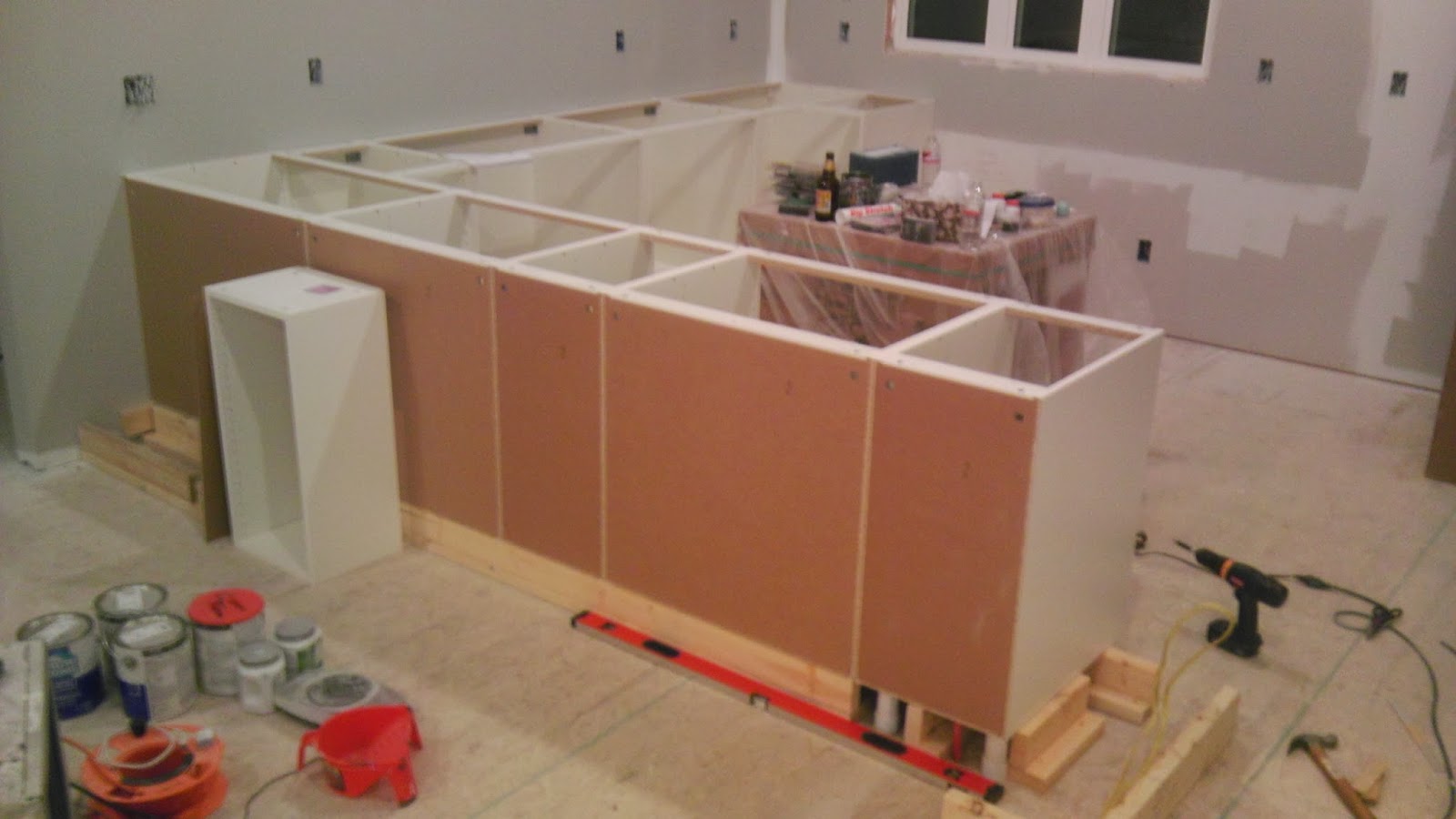 Installing kitchen cabinet bases flush to the wall is not a simple DIY project. It requires skill and precision to achieve the desired result. This is where hiring a professional comes in. A skilled contractor or kitchen designer will have the expertise and tools to properly install cabinet bases to create a flush wall.
Not only that, but a professional will also ensure that the cabinets are installed securely and can support the weight of your dishes and cookware. This is especially important for upper cabinets, as they can become a safety hazard if they are not installed correctly.
In conclusion, if you want a beautiful and functional kitchen, make sure to pay attention to the installation of kitchen cabinet bases and their alignment with the wall. A flush wall may seem like a small detail, but it can make a big impact on the overall design of your kitchen. So, don't overlook this crucial step and consider hiring a professional to ensure a flawless and seamless result.
Installing kitchen cabinet bases flush to the wall is not a simple DIY project. It requires skill and precision to achieve the desired result. This is where hiring a professional comes in. A skilled contractor or kitchen designer will have the expertise and tools to properly install cabinet bases to create a flush wall.
Not only that, but a professional will also ensure that the cabinets are installed securely and can support the weight of your dishes and cookware. This is especially important for upper cabinets, as they can become a safety hazard if they are not installed correctly.
In conclusion, if you want a beautiful and functional kitchen, make sure to pay attention to the installation of kitchen cabinet bases and their alignment with the wall. A flush wall may seem like a small detail, but it can make a big impact on the overall design of your kitchen. So, don't overlook this crucial step and consider hiring a professional to ensure a flawless and seamless result.


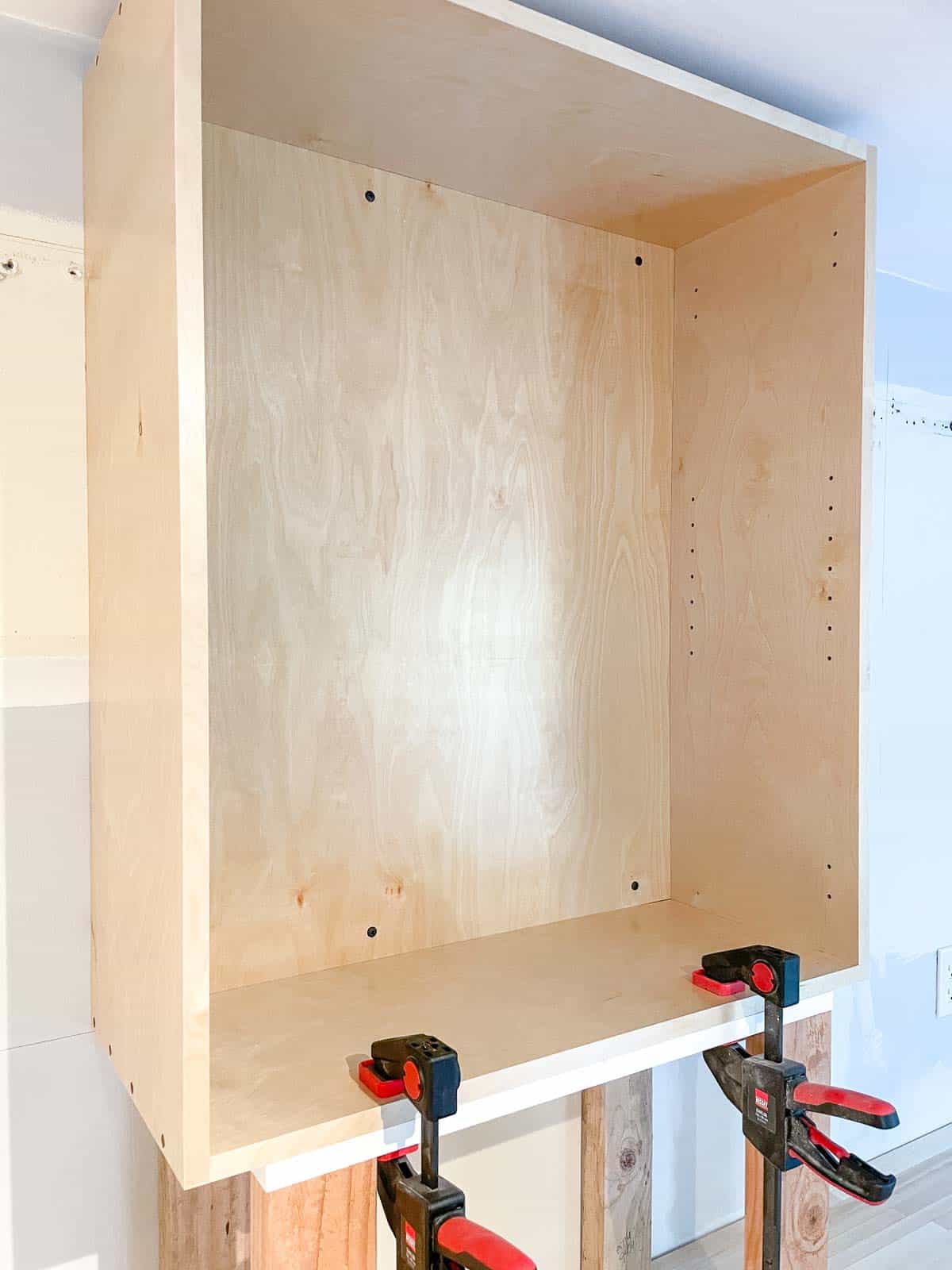
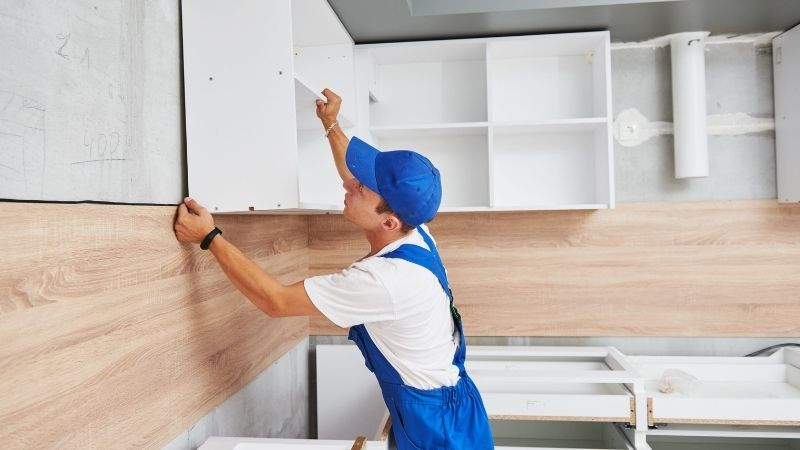




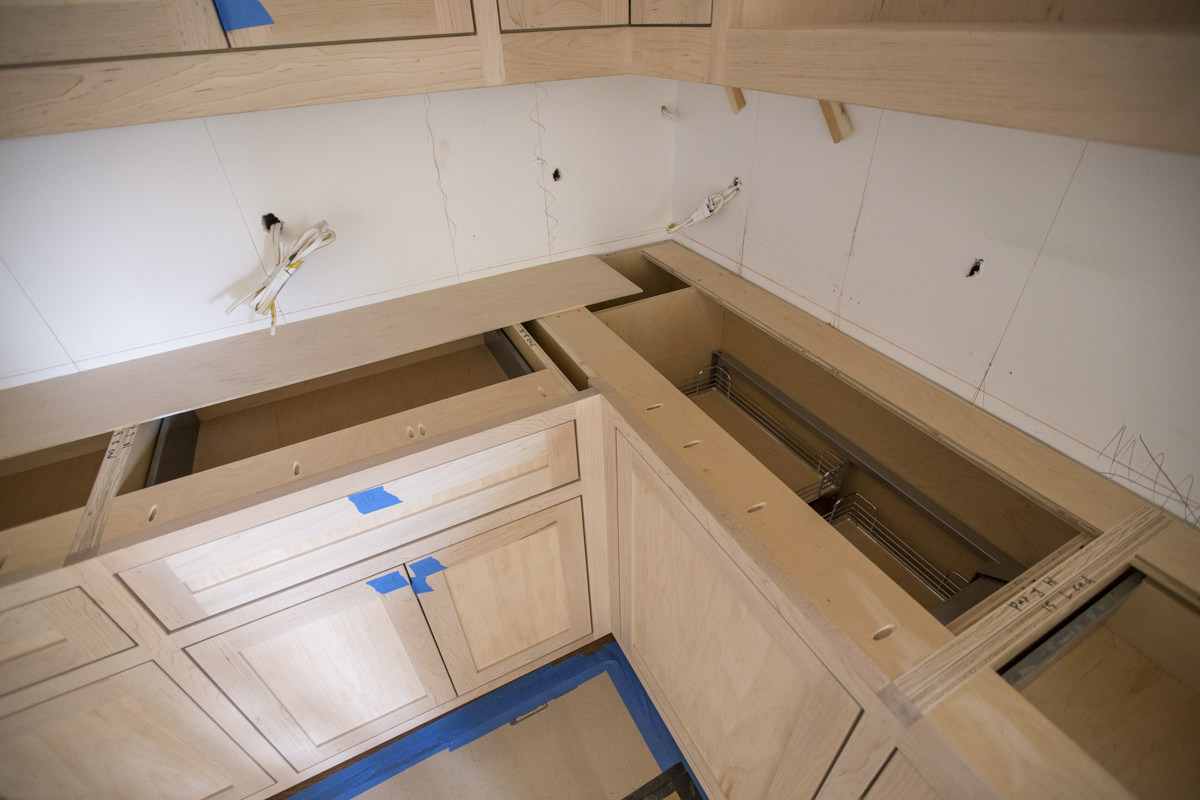

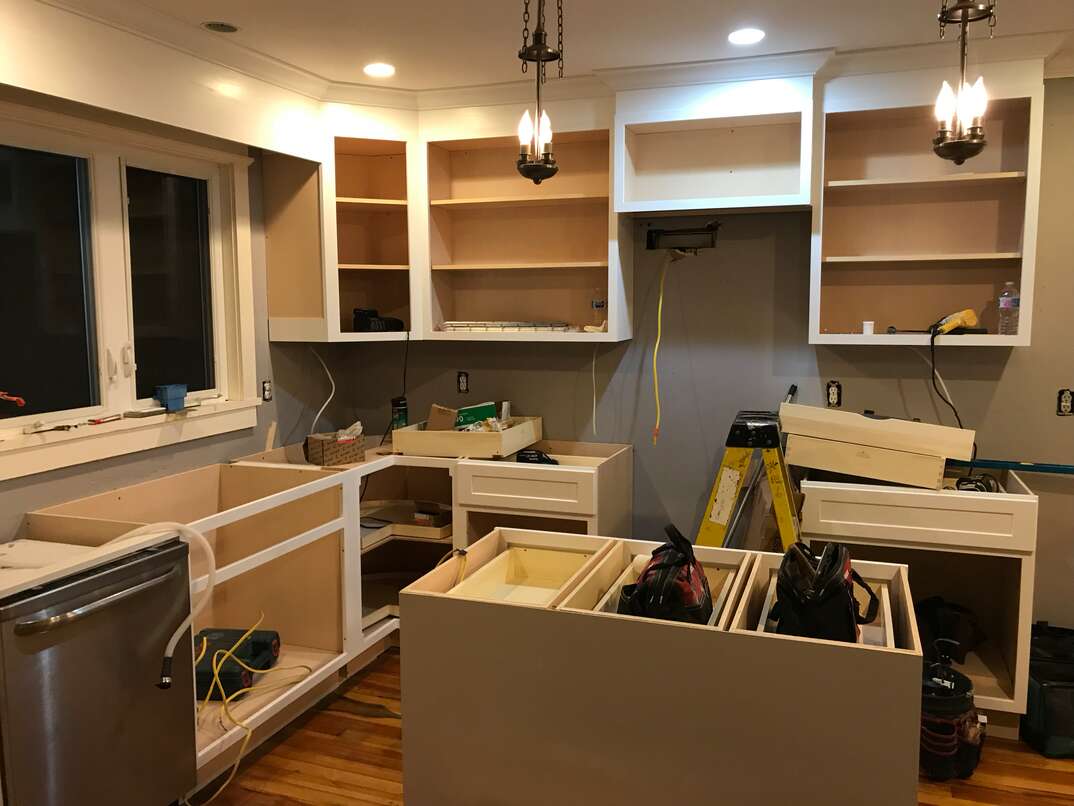






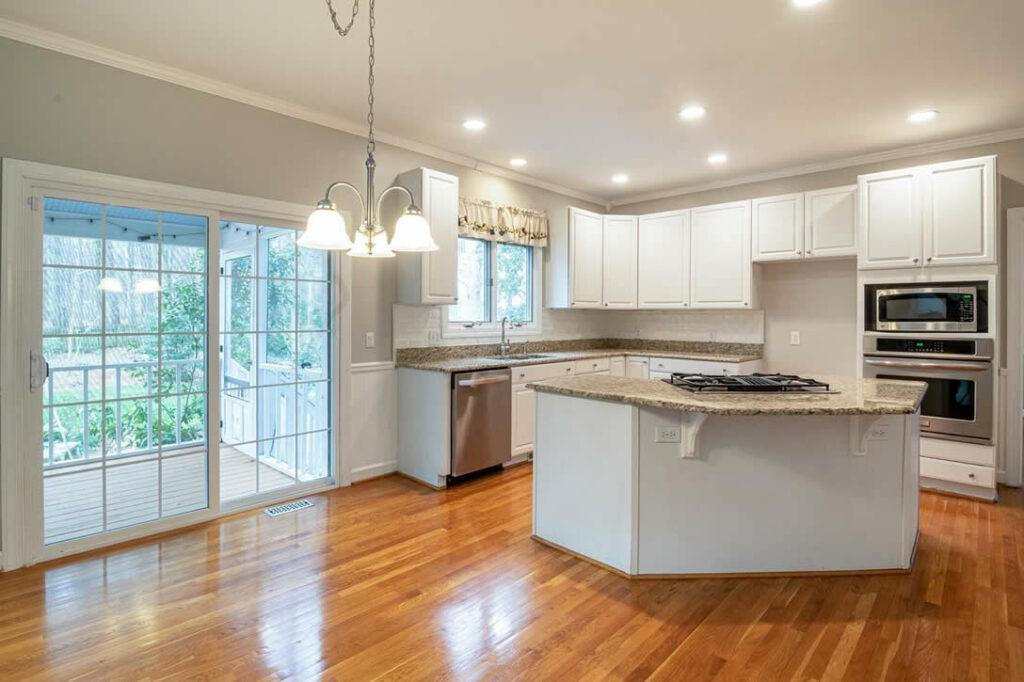
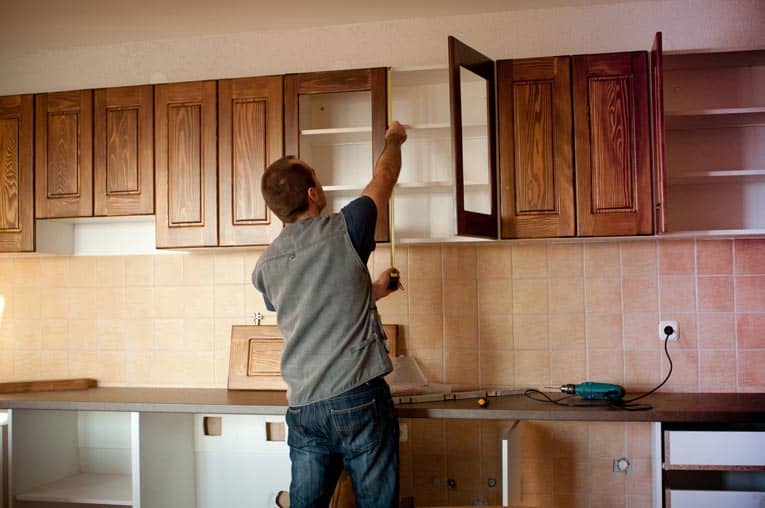
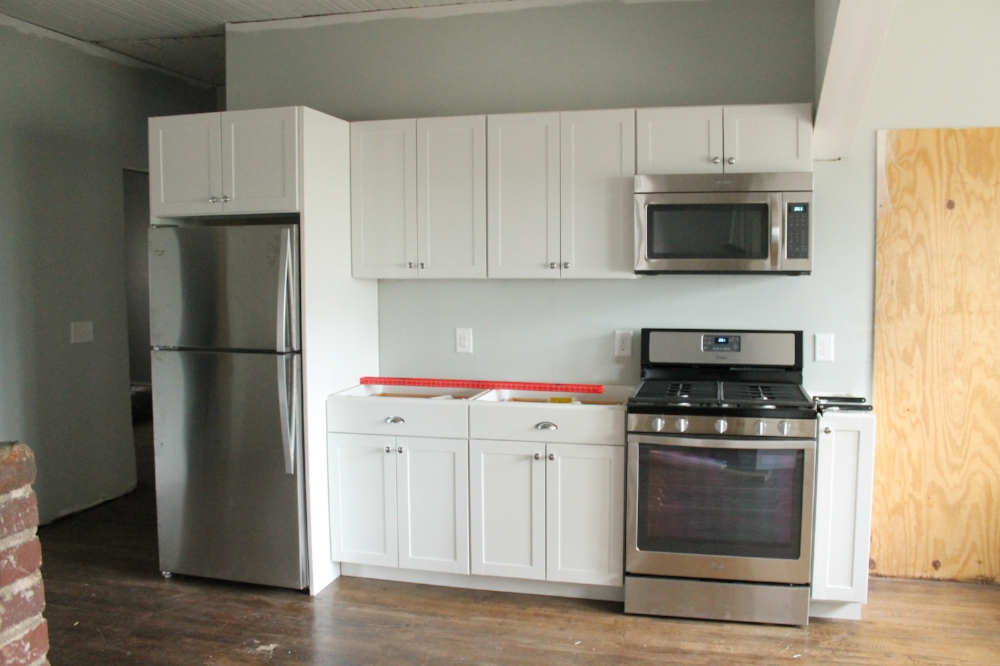
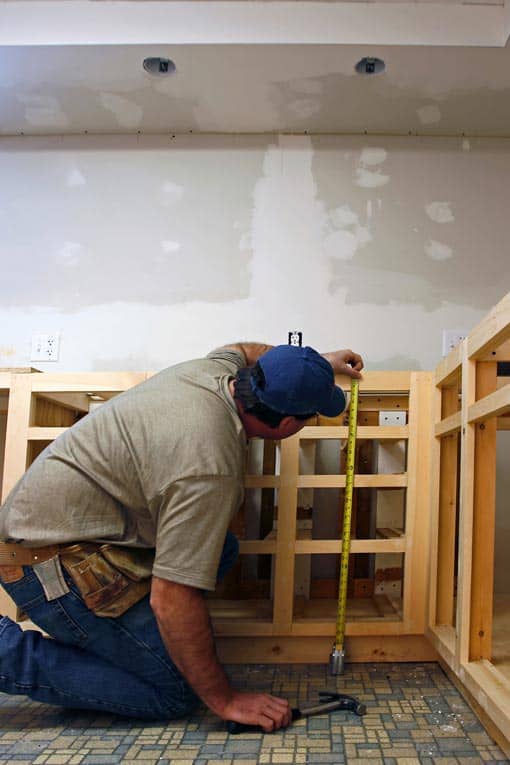

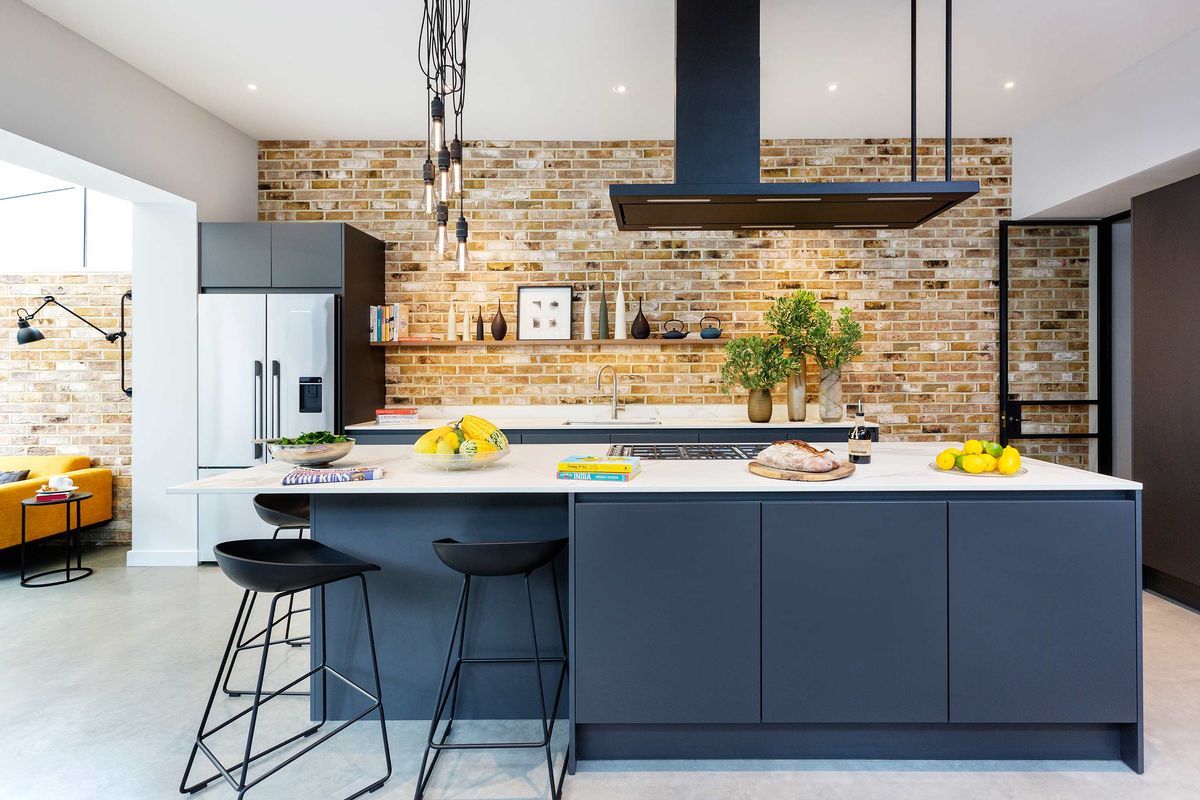


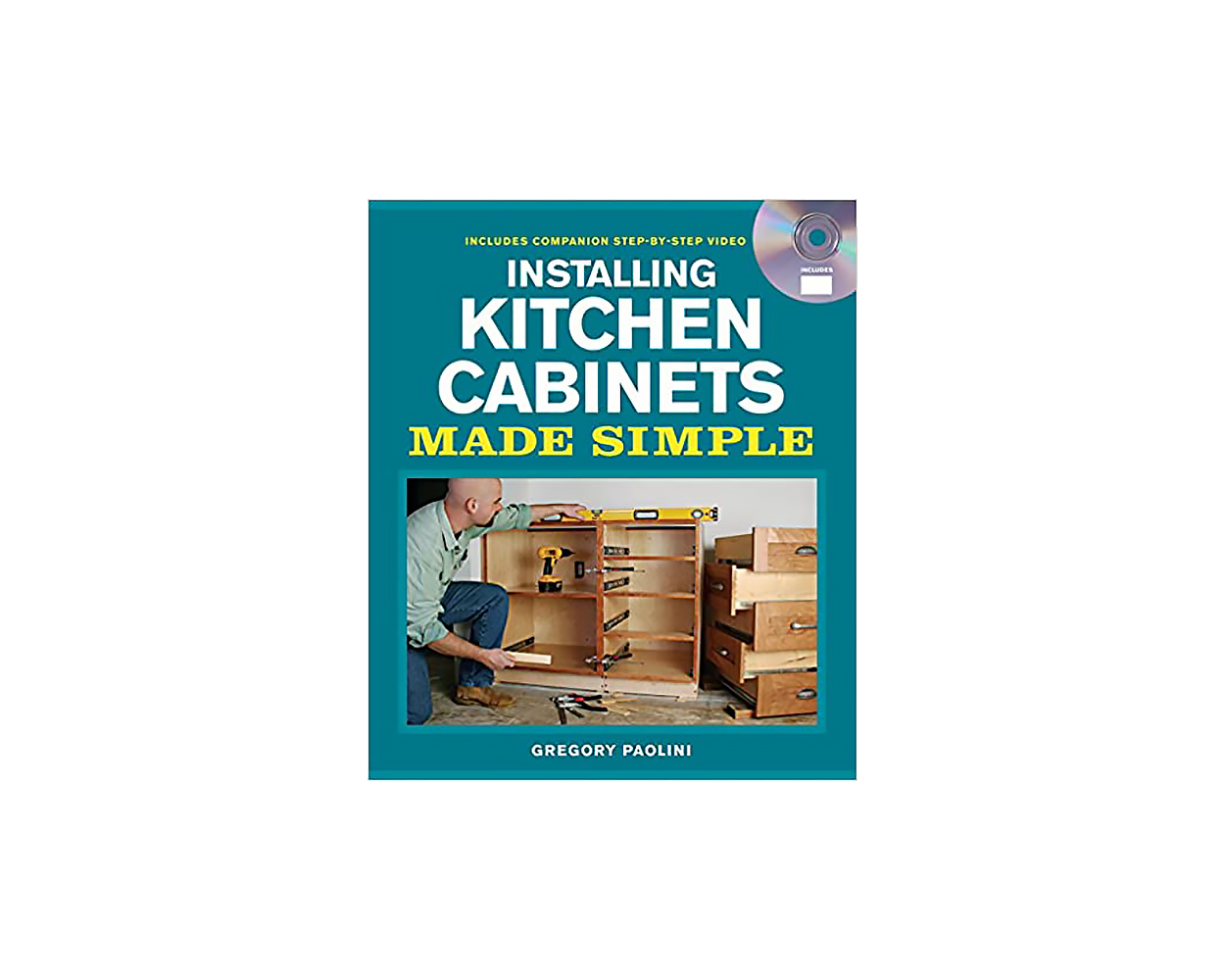




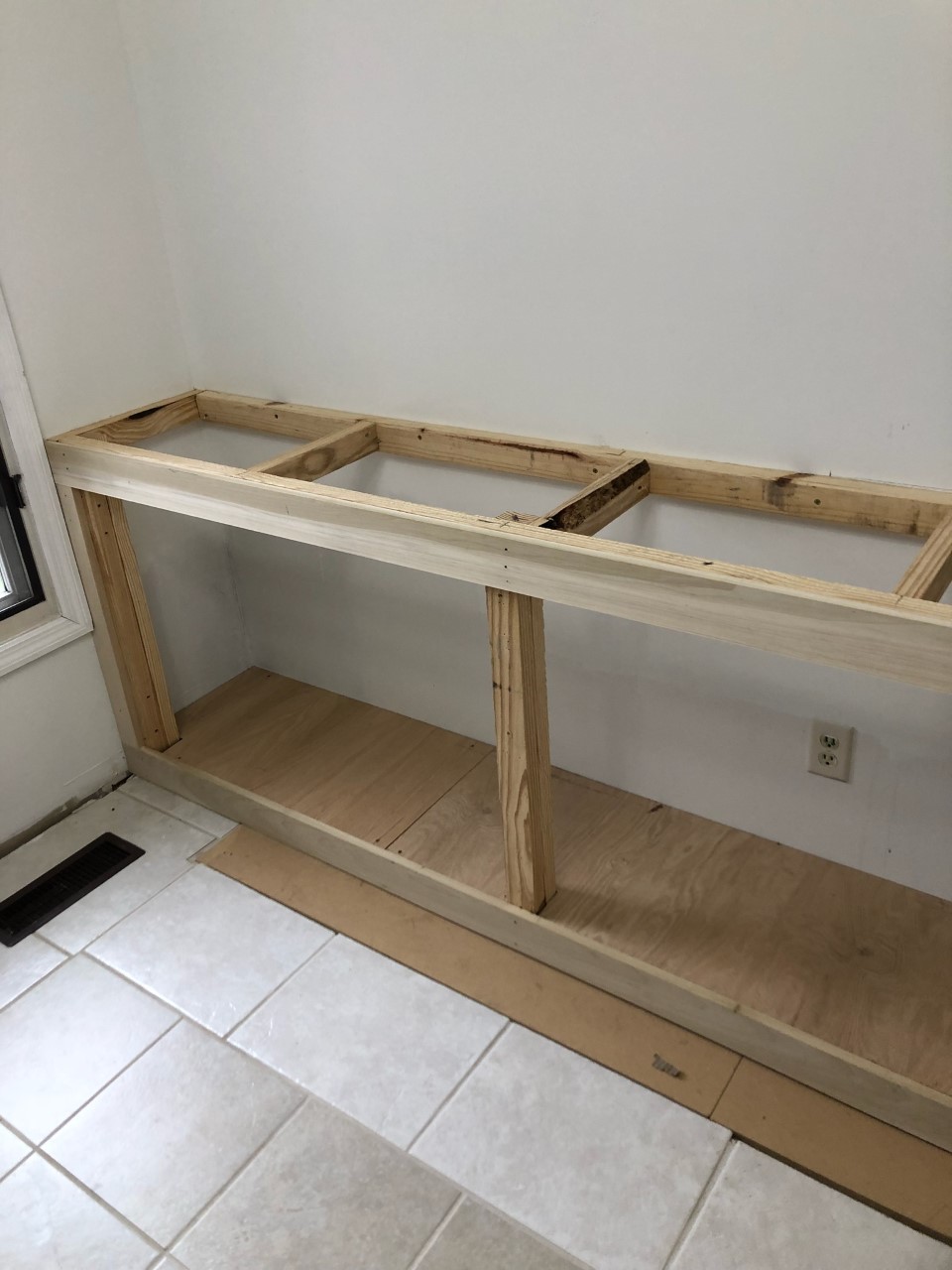




:max_bytes(150000):strip_icc()/guide-to-common-kitchen-cabinet-sizes-1822029-base-6d525c9a7eac49728640e040d1f90fd1.png)




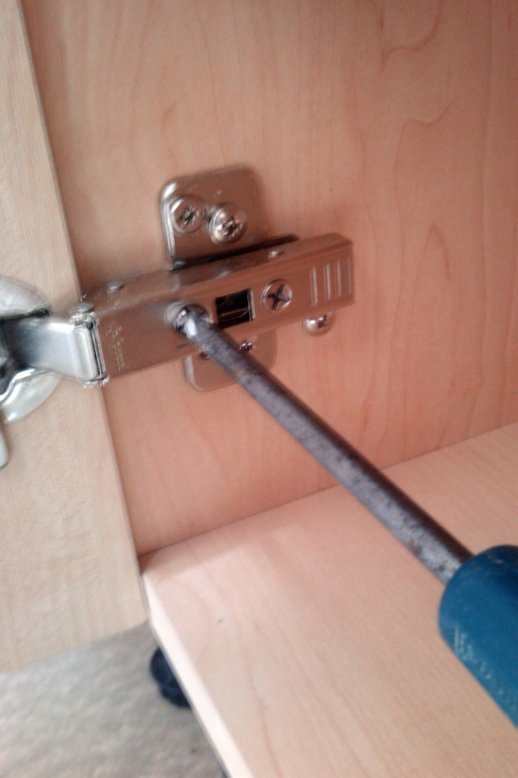

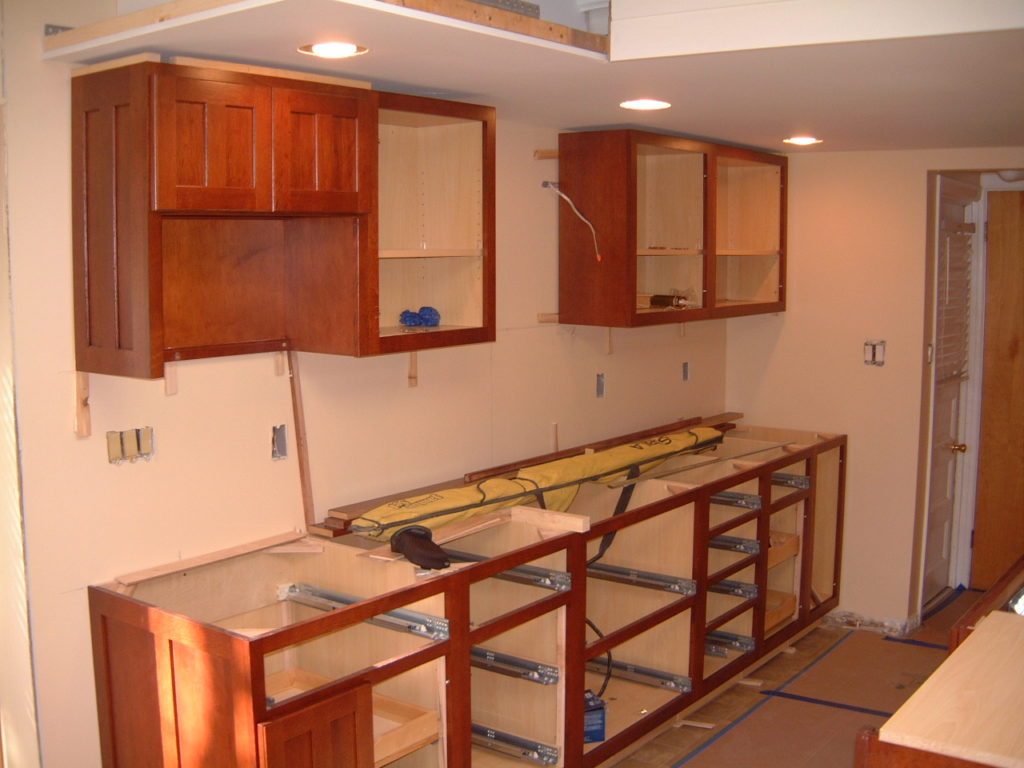










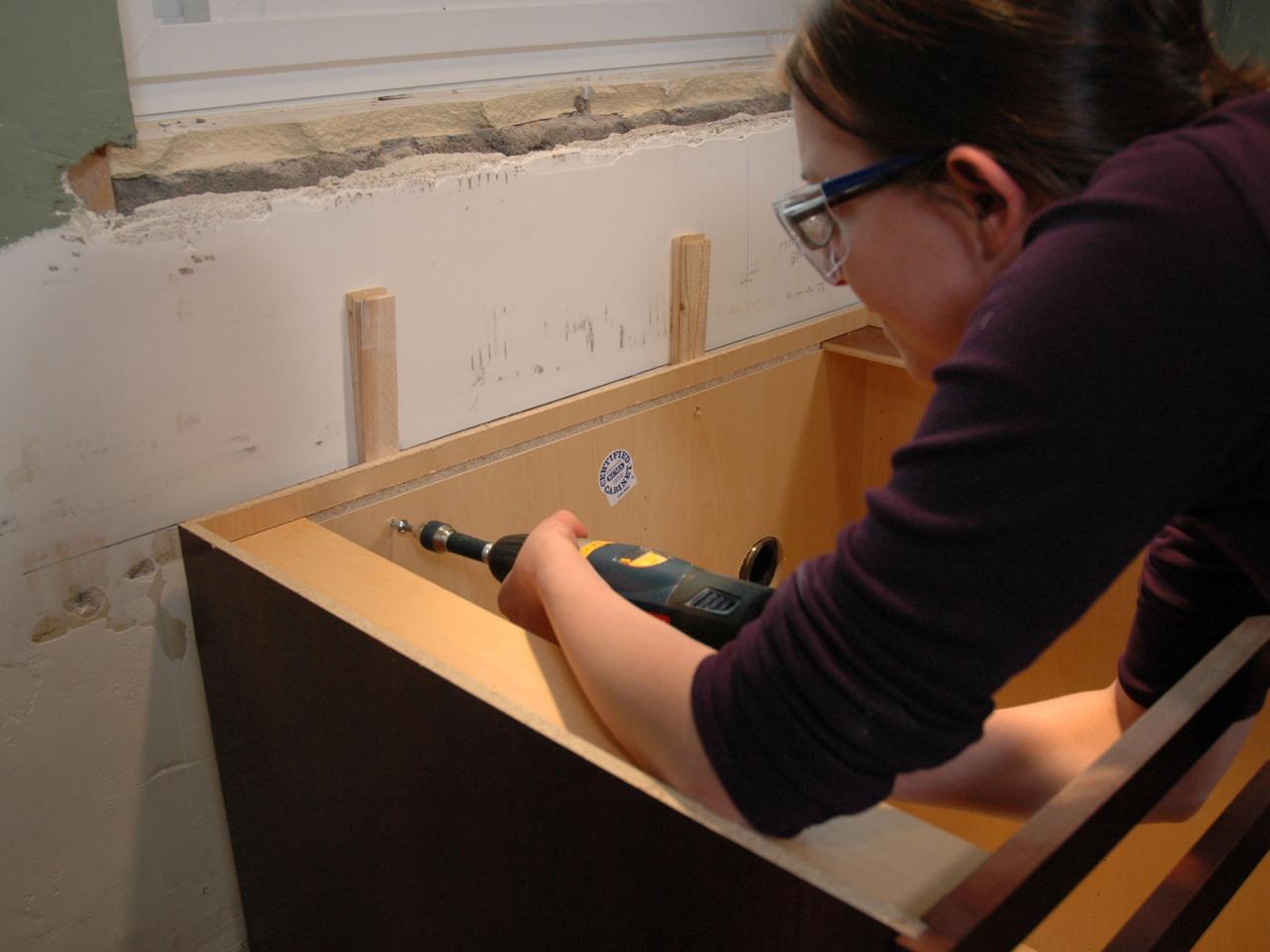
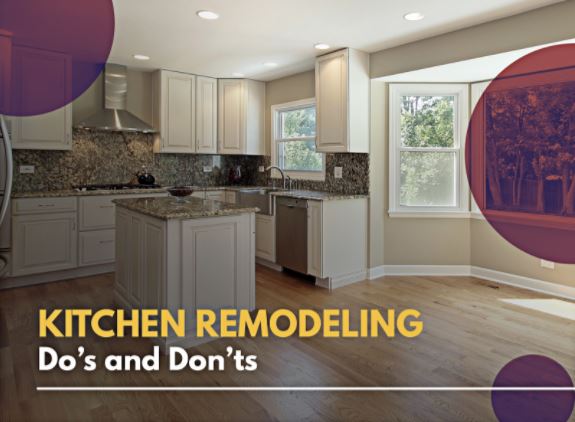







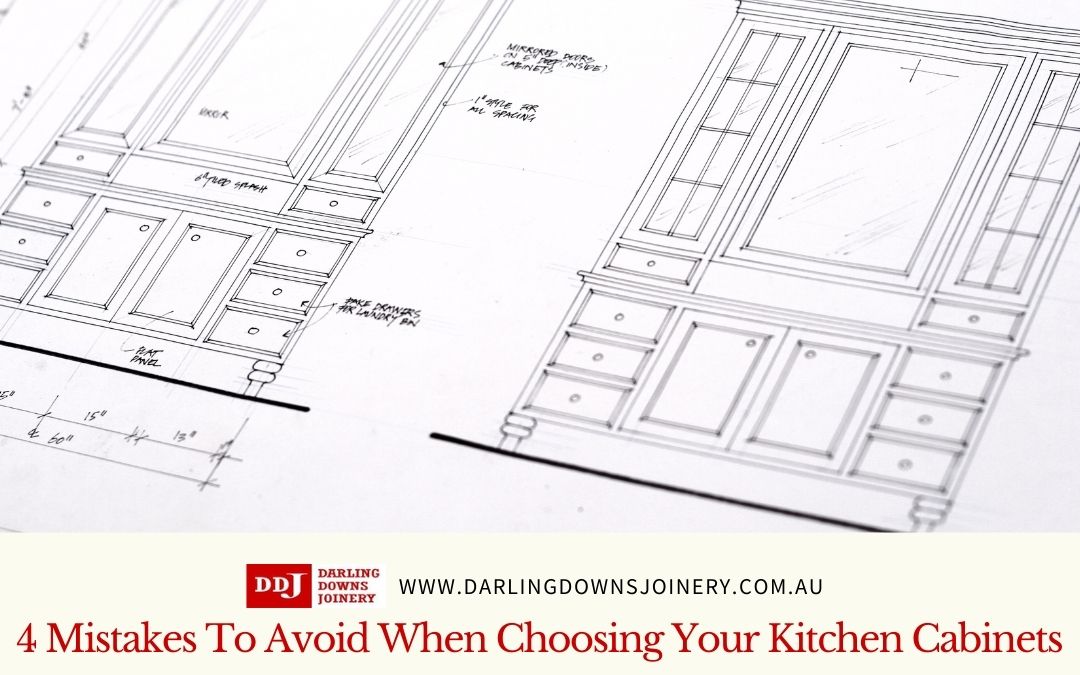

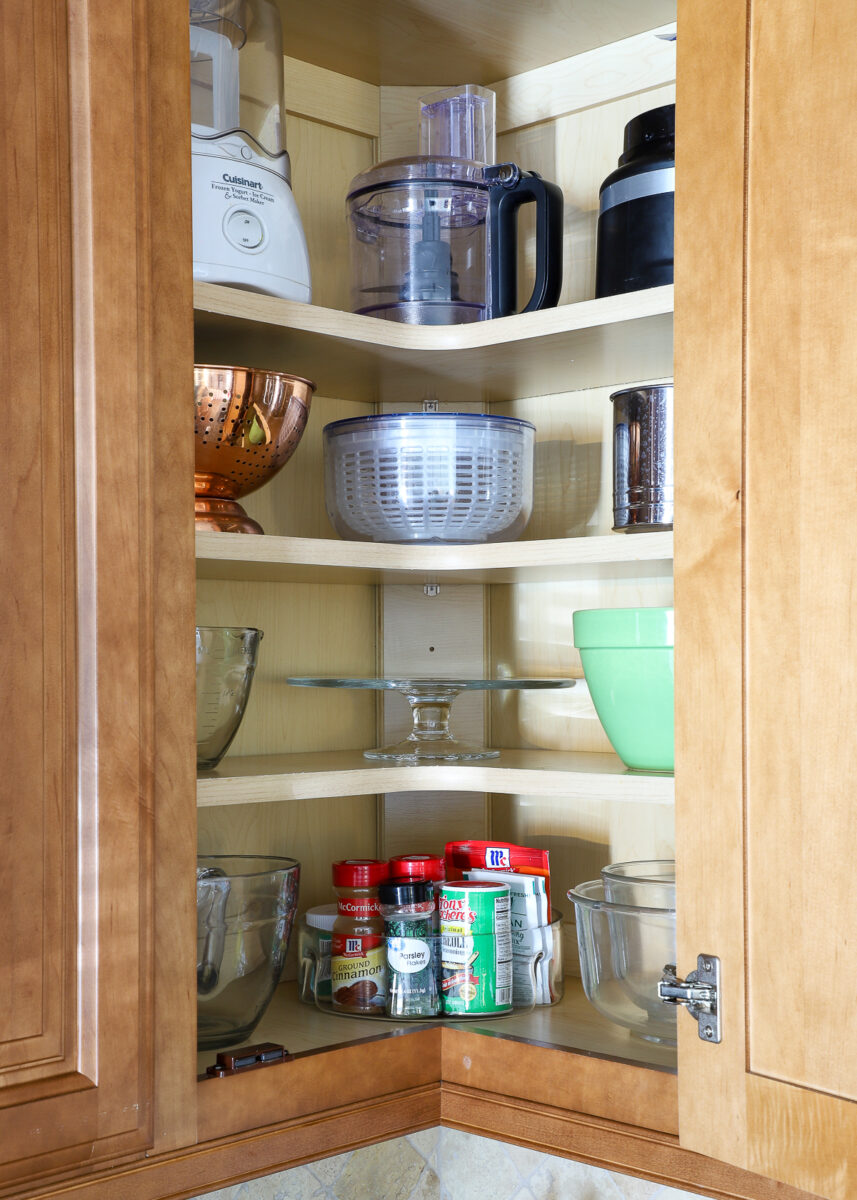

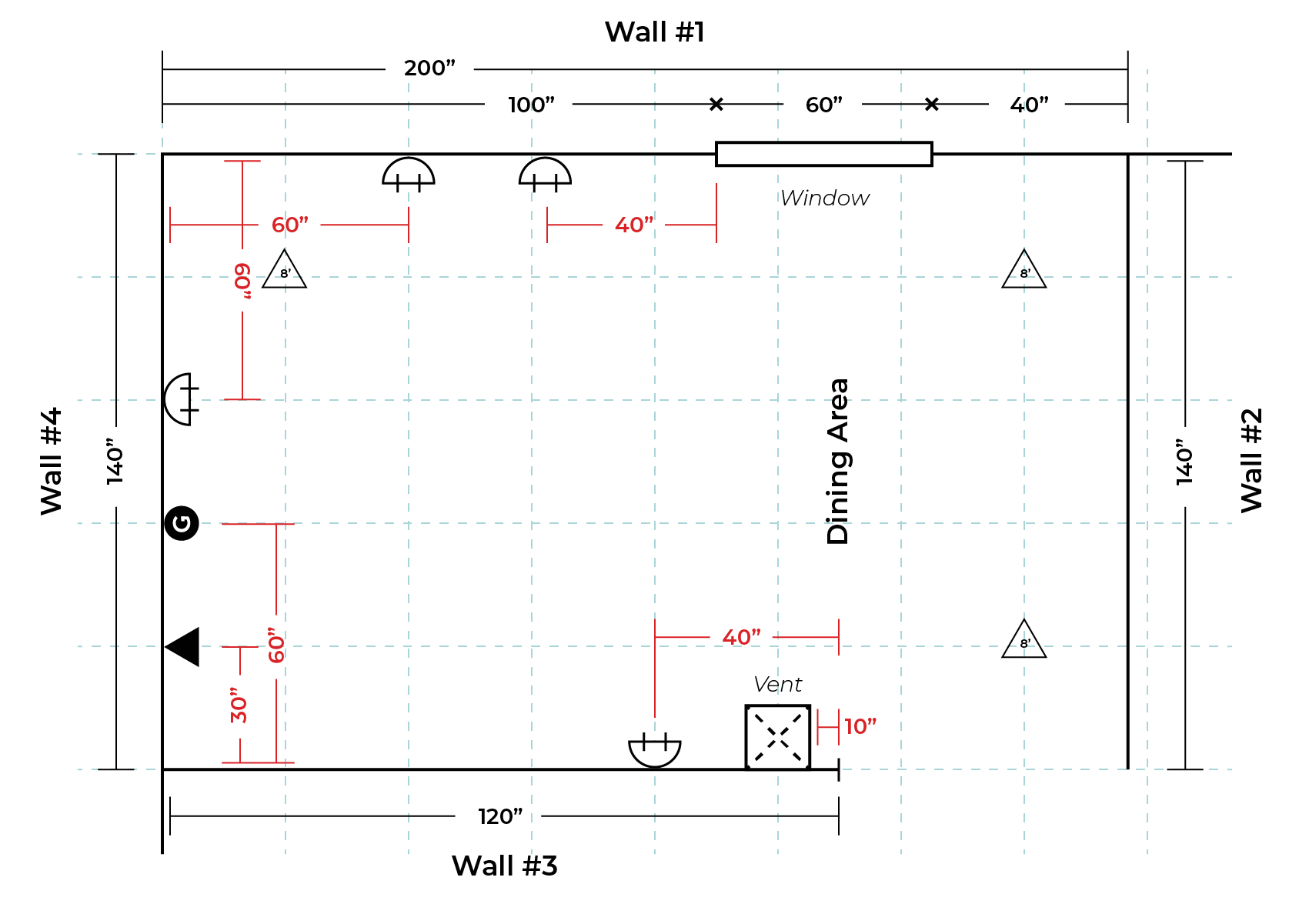


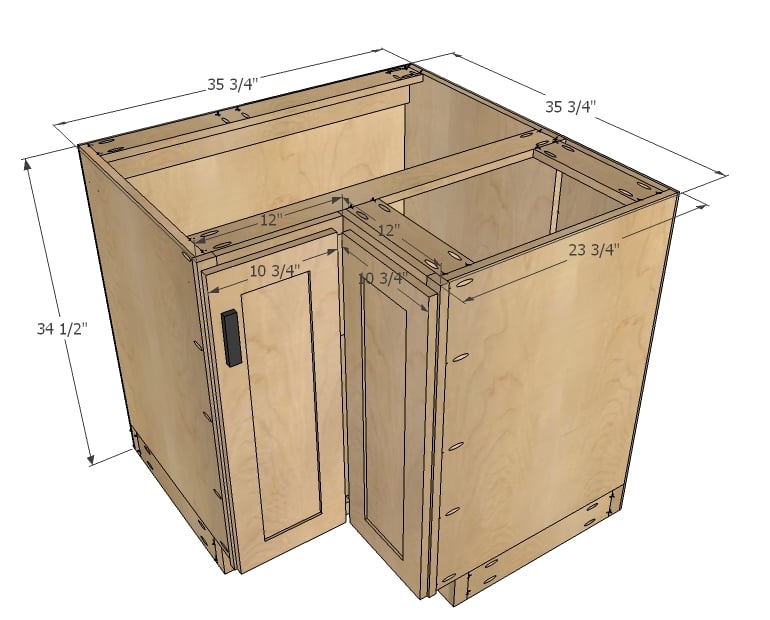
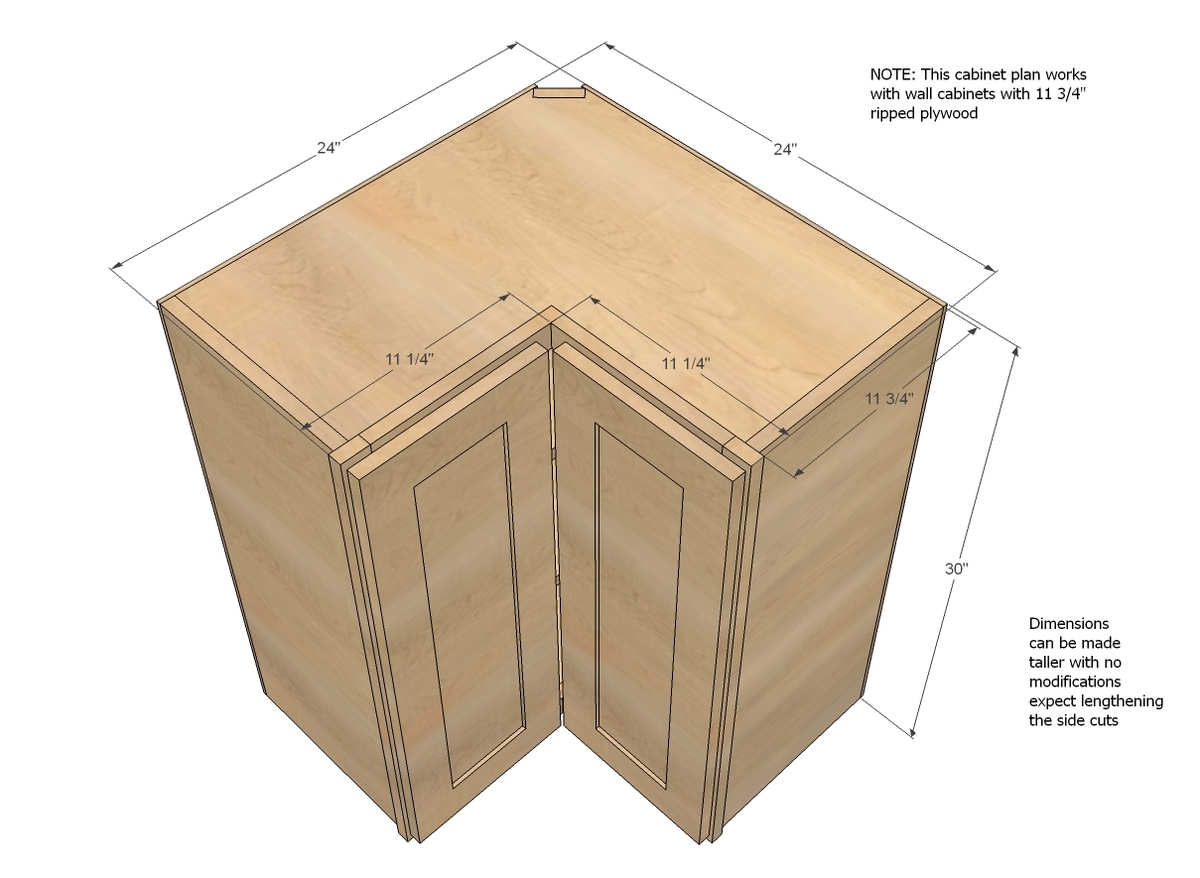




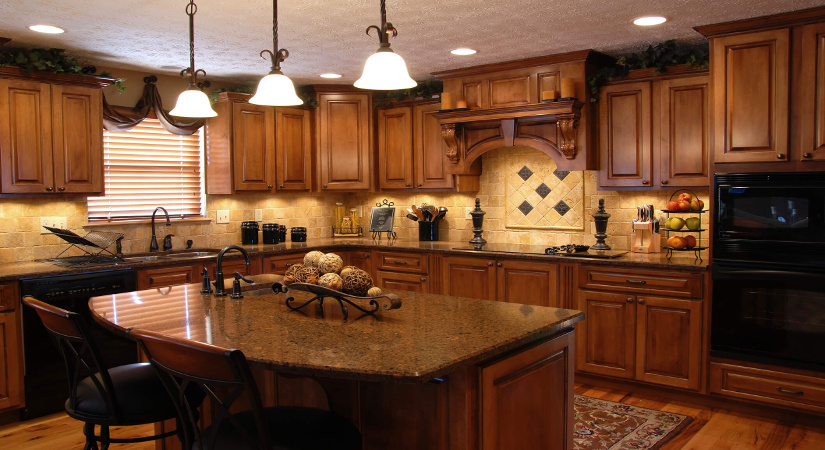

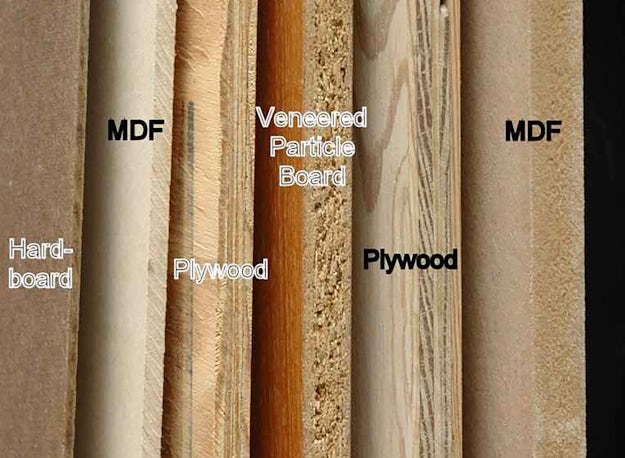

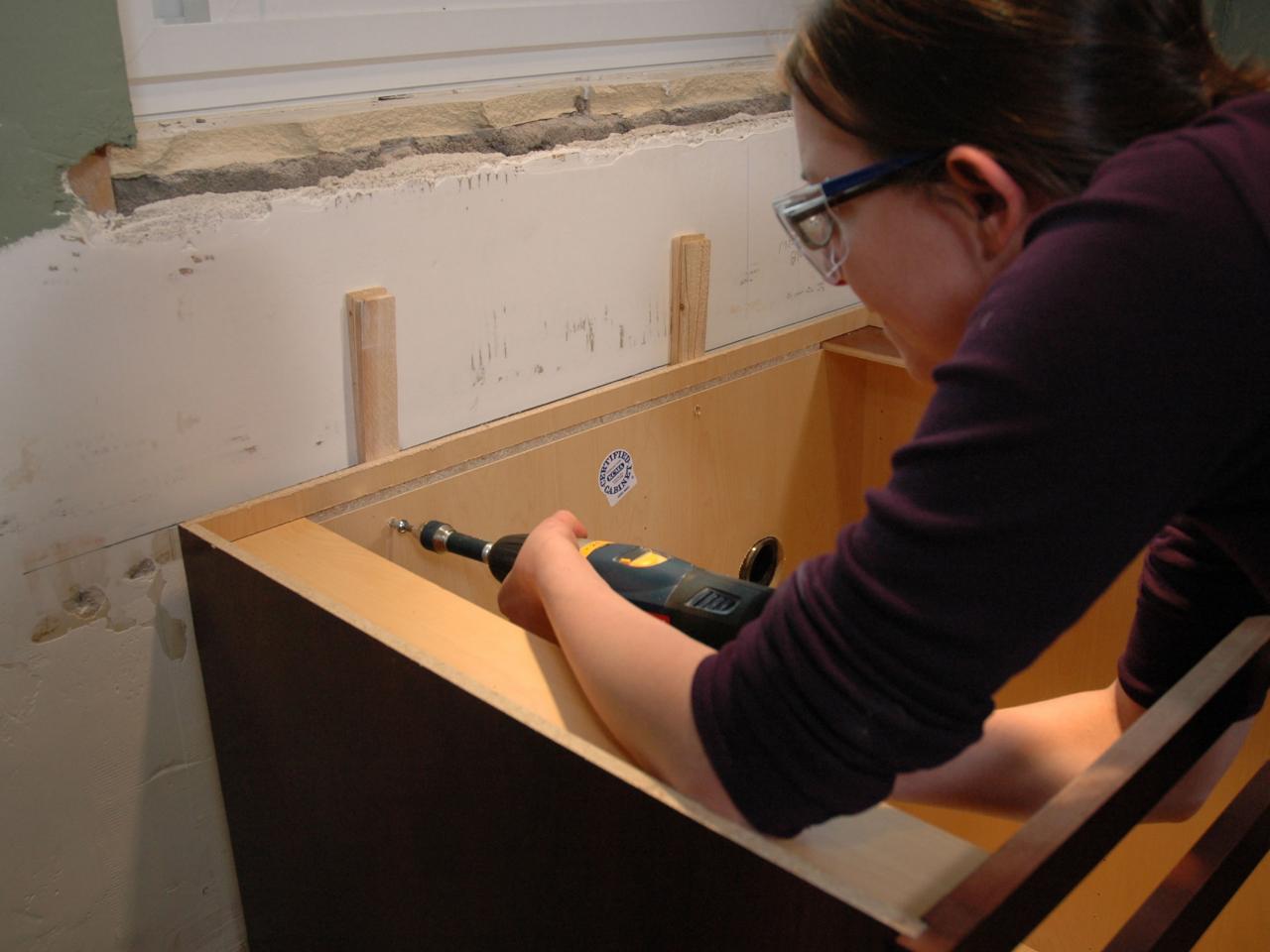
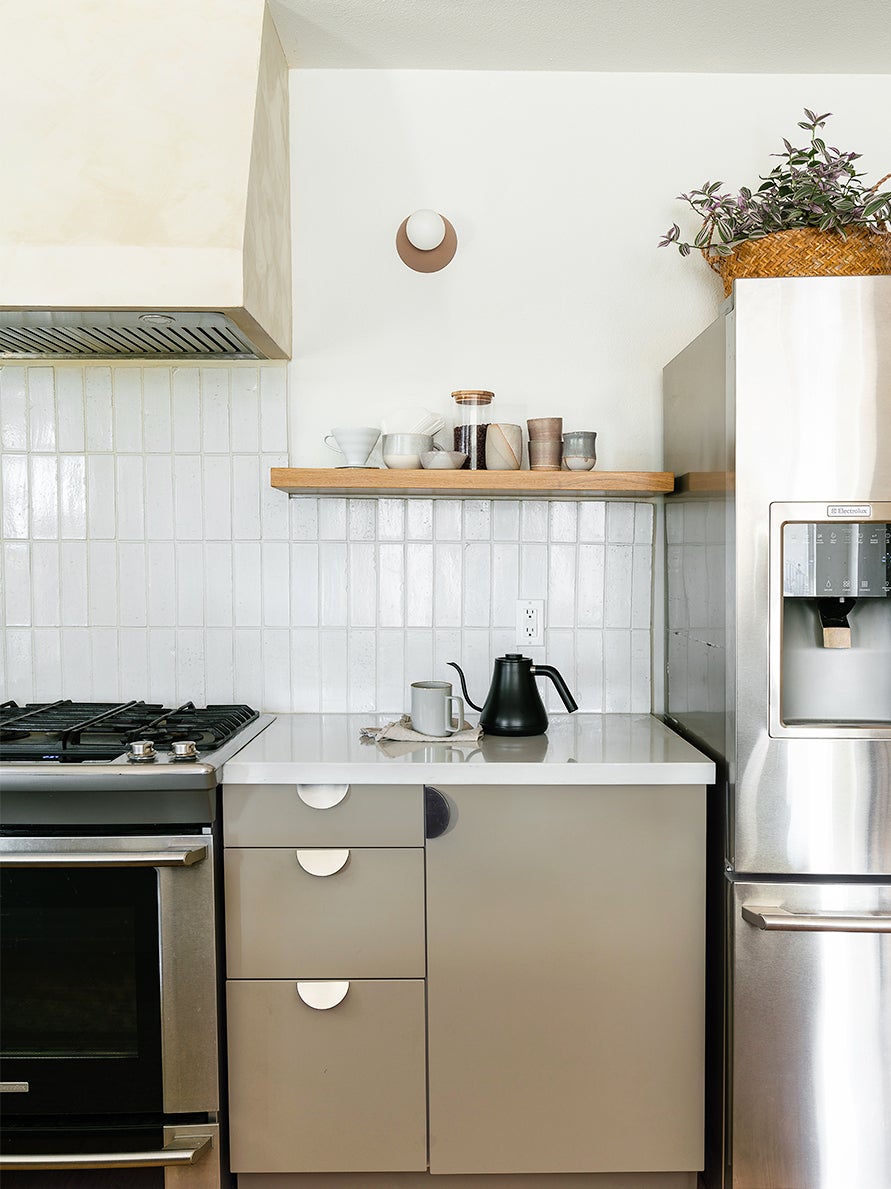





:max_bytes(150000):strip_icc()/how-to-adjust-cabinet-hinges-1822181-01-9518583bf0374f2a8d3b87cadd5fc25f.jpg)










